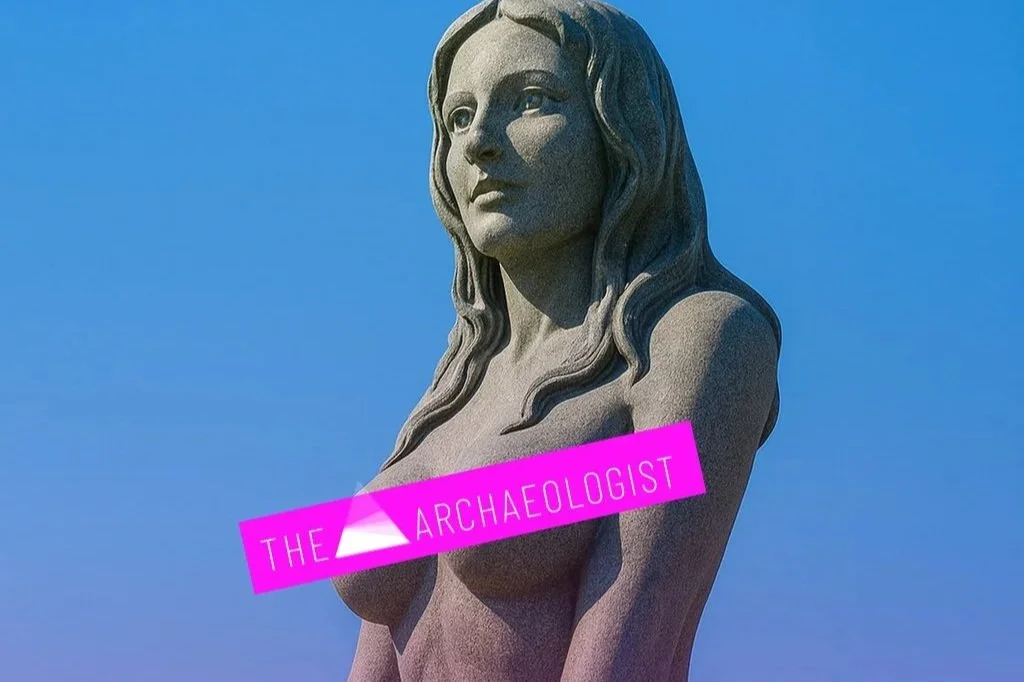The myth of Theseus and the Minotaur is one of the most celebrated tales in Greek mythology, embodying themes of heroism, intelligence, and destiny. Theseus, the legendary king of Athens, is best known for his daring journey into the labyrinth of Crete to slay the monstrous Minotaur and free his people from a dreaded tribute.
According to the myth, King Minos of Crete demanded that Athens send seven young men and seven maidens every nine years as a sacrifice to the Minotaur, a creature with the body of a man and the head of a bull, who resided in the labyrinth designed by Daedalus. Determined to end this cycle of suffering, Theseus volunteered to enter the labyrinth. With the help of Minos' daughter, Ariadne, who provided him with a ball of thread to retrace his steps, Theseus successfully navigated the labyrinth, slew the Minotaur, and led the Athenian captives to freedom.
The story of Theseus highlights the qualities of bravery, cunning, and leadership. His victory over the Minotaur symbolizes the triumph of civilization over chaos, intelligence over brute strength, and freedom over oppression. Additionally, the myth explores themes of fate and sacrifice, as Theseus must navigate both physical and moral challenges.
Theseus' journey remains a cornerstone of Greek mythology, influencing later literature, art, and philosophy. The tale has been reinterpreted in various cultural contexts, reinforcing its enduring relevance as a narrative of courage and human ingenuity.







